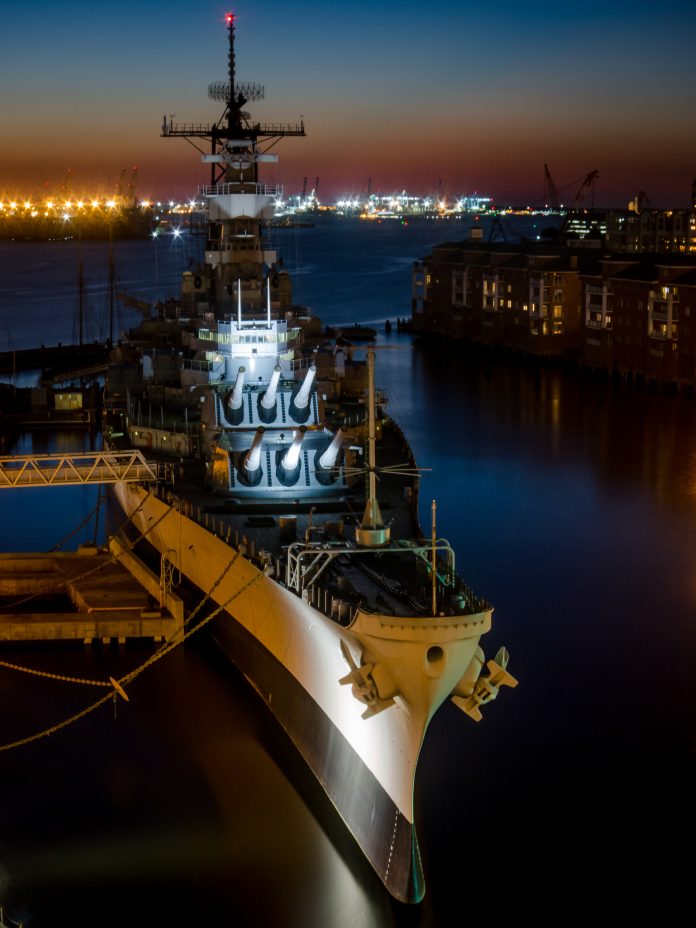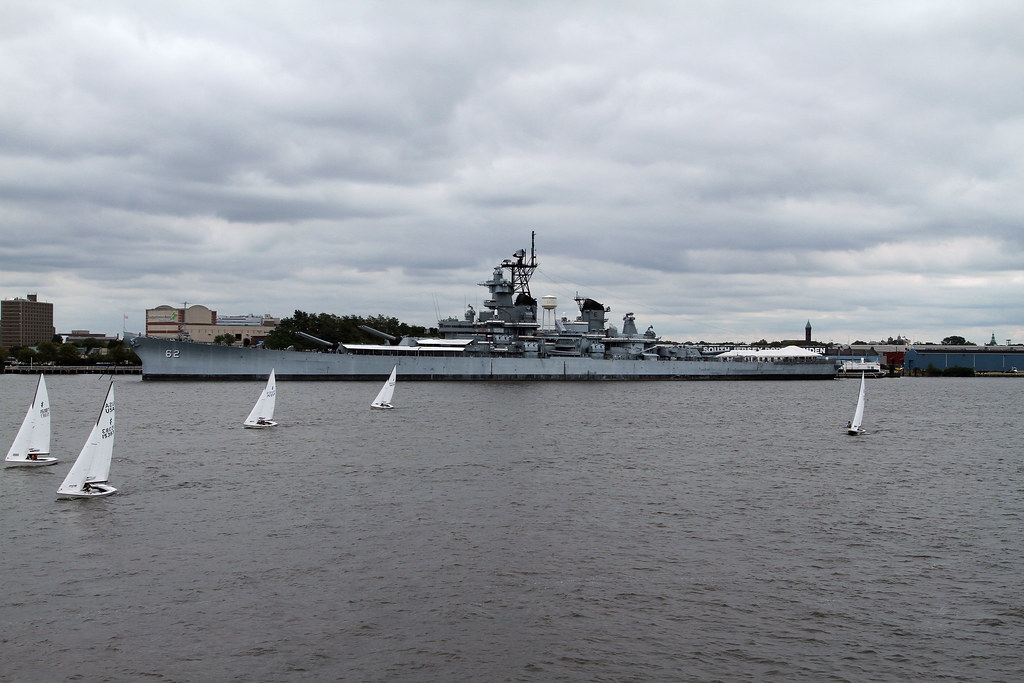
In the 1980s, against the backdrop of escalating Cold War tensions and a growing Soviet naval threat, President Ronald Reagan embarked on an ambitious initiative to revitalize the U.S. Navy.
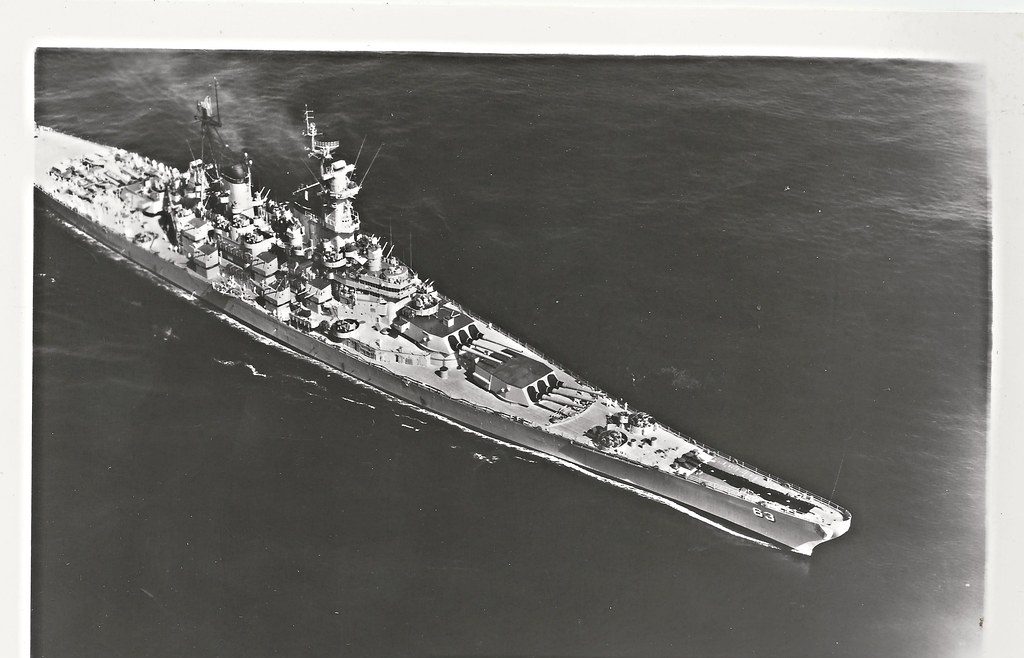
This plan, influenced by the concept of a formidable 600-ship fleet and the impressive performance of the UK’s Royal Navy in the Falklands War, would lead to the reactivation of the iconic Iowa-class battleships, which had been deemed relics of a bygone era.

The Iowa-class behemoths, initially commissioned during World War II, were once the pride of the U.S. Navy.
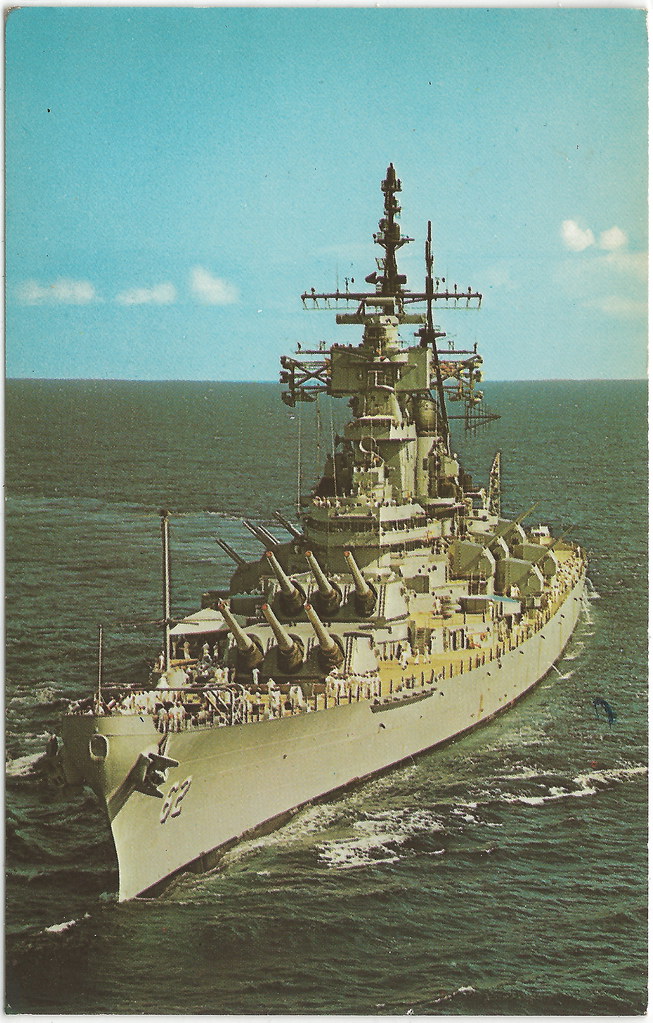
These ships boasted an impressive combination of firepower, speed, and armor, epitomizing the might of the U.S. naval force.

Yet, as the nature of naval warfare evolved and the utility of aircraft carriers rose, these venerable battleships gradually fell into obsolescence, with many eventually relegated to reserve status.

Despite their aging design, the 1980s would see the Iowa-class battleships undergo extensive modernizations that included the integration of Tomahawk and Harpoon missile systems, advanced radar and fire control systems, and Phalanx Close-In Weapons Systems for defense against contemporary threats.
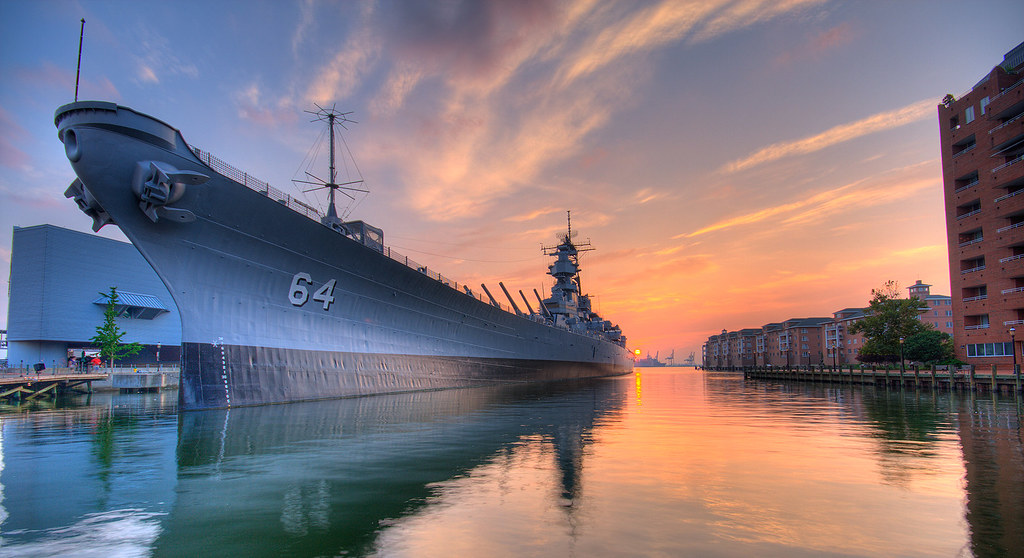
As noted in a report, “Upgrades included the addition of Tomahawk and Harpoon missile systems, advanced radar and fire control systems, and Phalanx Close-In Weapons Systems for defense against modern threats.”
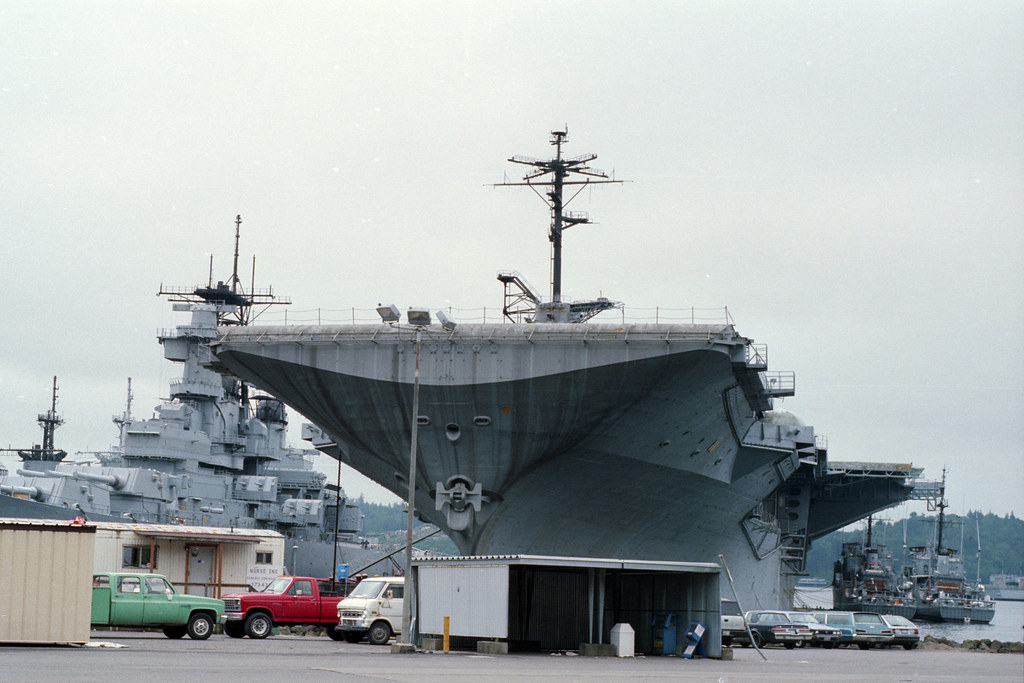
The offensive capabilities of the battleships were significantly enhanced, with the vessels also receiving improved radar and fire control systems. On paper, the Iowa-class ships were formidable large warships with heavy armament.
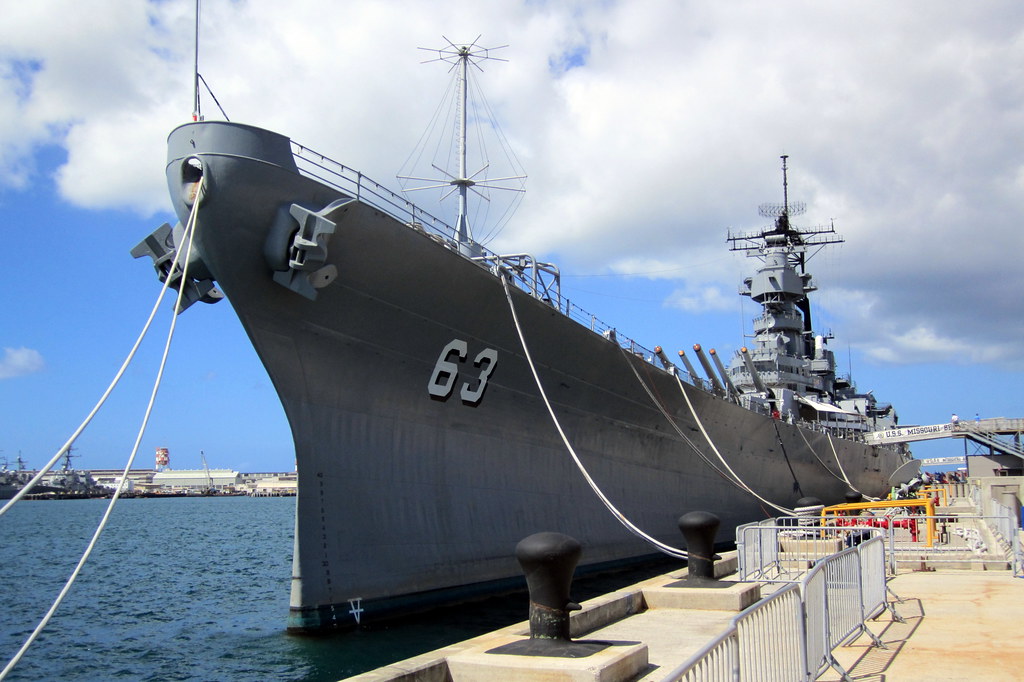
Yet, these efforts to retrofit the battleships for modern warfare were met with challenges.
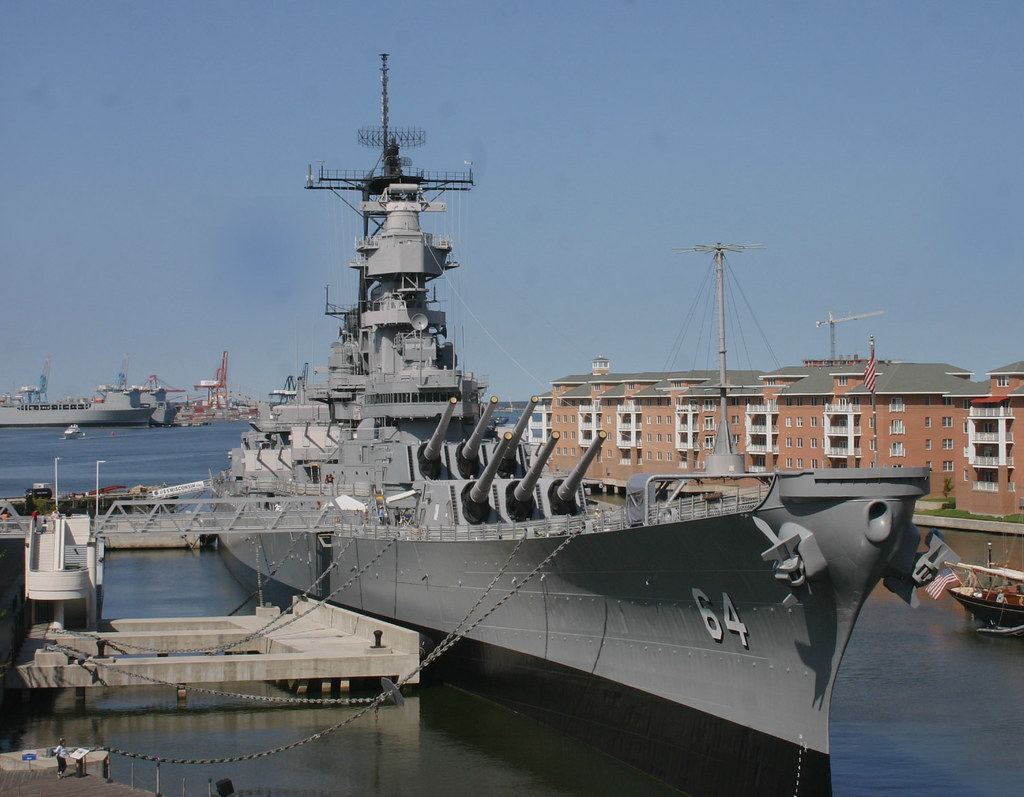
The large crews needed for operation, the inefficiency compared to smaller warships equipped with more missiles, and the immense cost involved in maintaining and updating these titans of the sea made their reactivation a contentious issue.
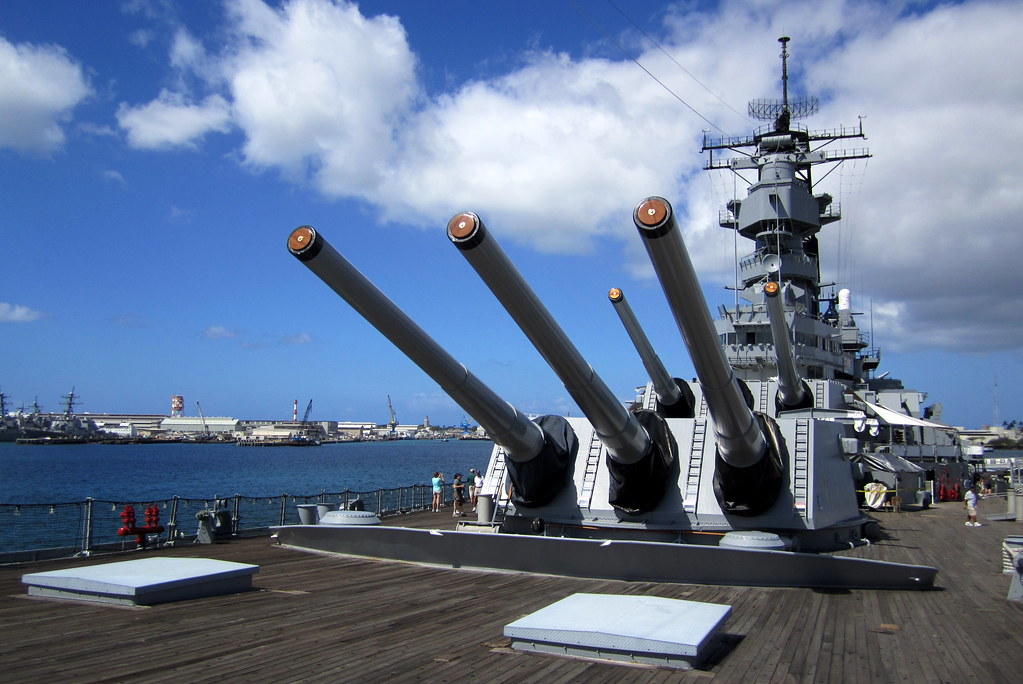
A modified Spruance-class destroyer of the era, for example, was equipped with 61 vertical-launch missiles and required a smaller crew than that needed to operate a battleship.

Ultimately, the recommissioning of the Iowa-class was short-lived. Two of them, the USS Missouri and the USS Wisconsin, would serve in Operation Desert Storm, delivering potent naval gunfire support.
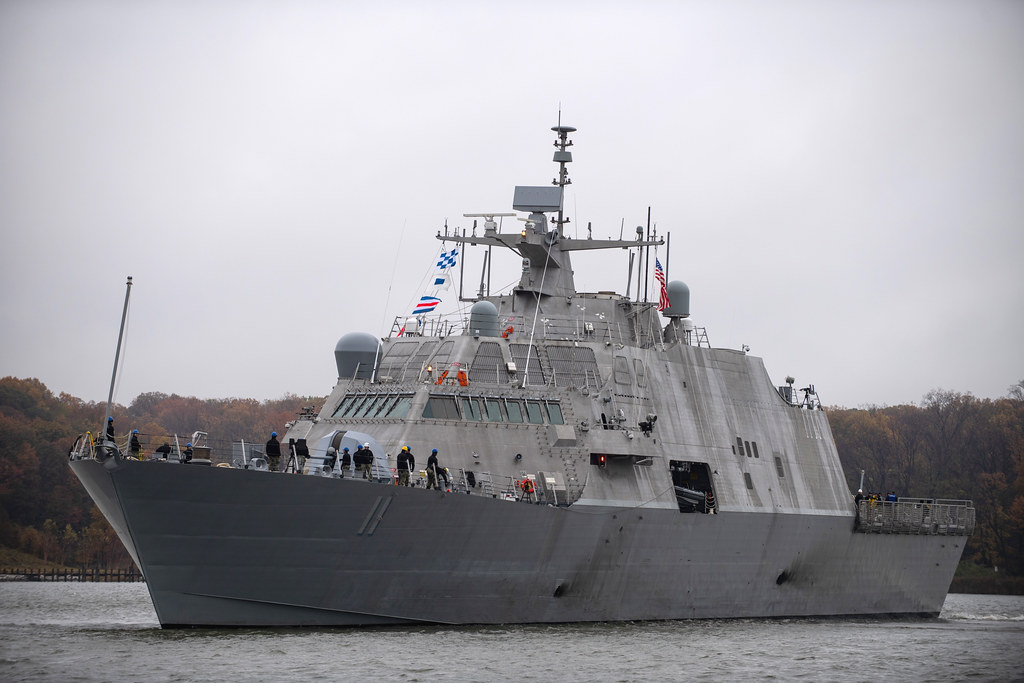
With the collapse of the Soviet Union in 1991, the U.S. no longer required such a vast military expansion.

All branches of the armed forces started to reduce in size, and the Navy was no different.

However, the end of the Cold War and the continued advancement in naval technology led to their final decommissioning by 1992, and all four became museum ships by 2006.
Relevant articles:
– The U.S. Navy’s Iowa-Class Battleships Already Made the Ultimate Comeback, The National Interest
– How the Navy’s Iowa-Class Battleships Made the Ultimate Comeback, The National Interest
– Introducing the Iowa-class: The Navy’s Plan to Build the Ultimate Battleship, 19FortyFive
– Battleships Are Back! Navy Abruptly Boosts DDG/CG Building Targets For 2045, Forbes
